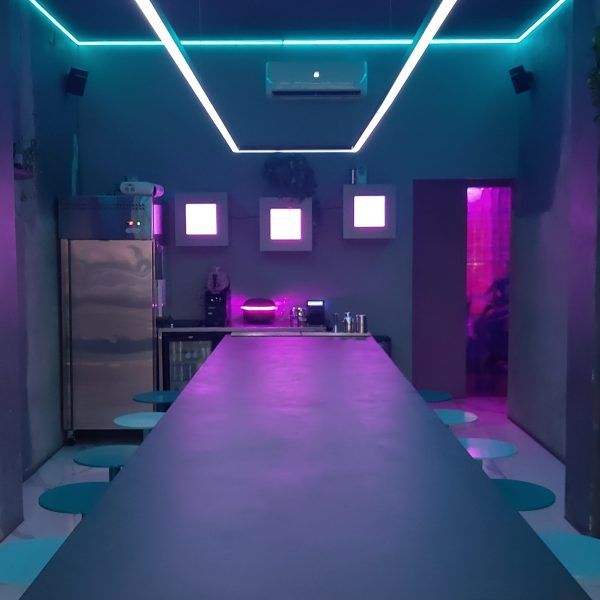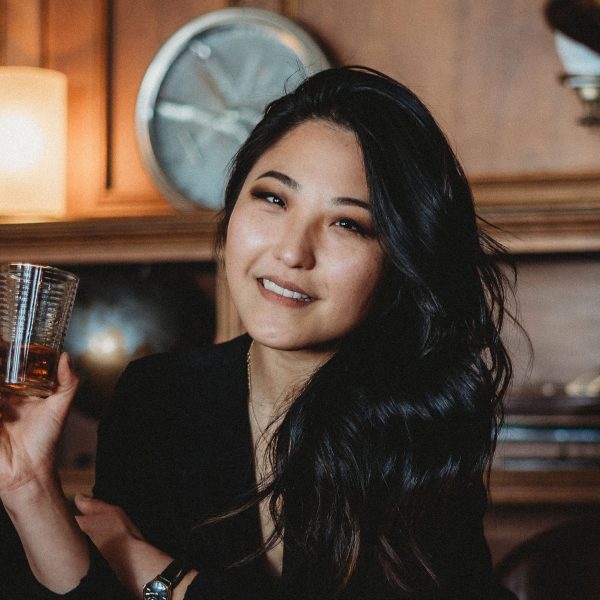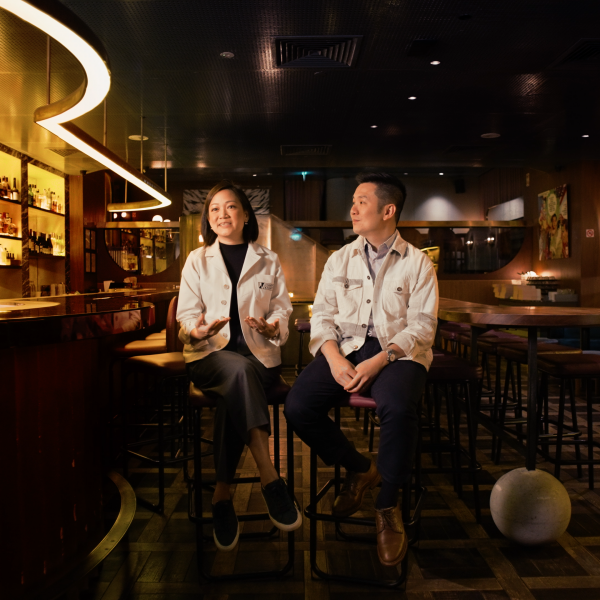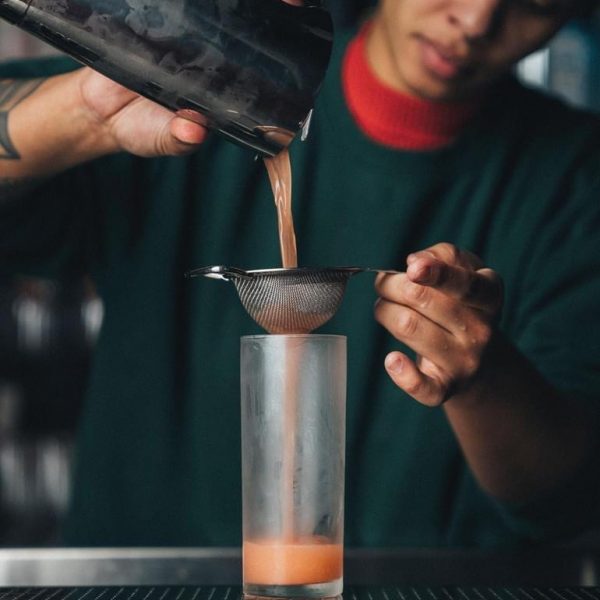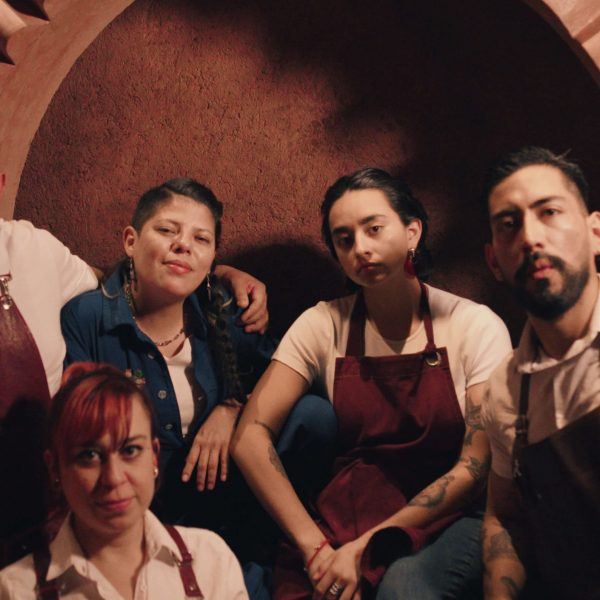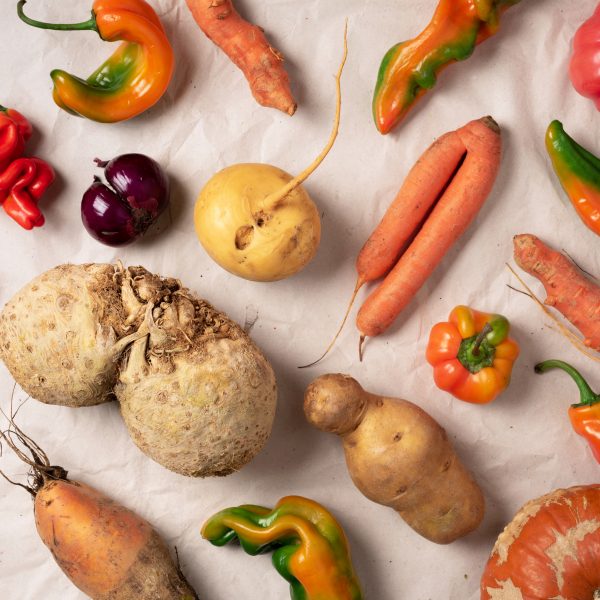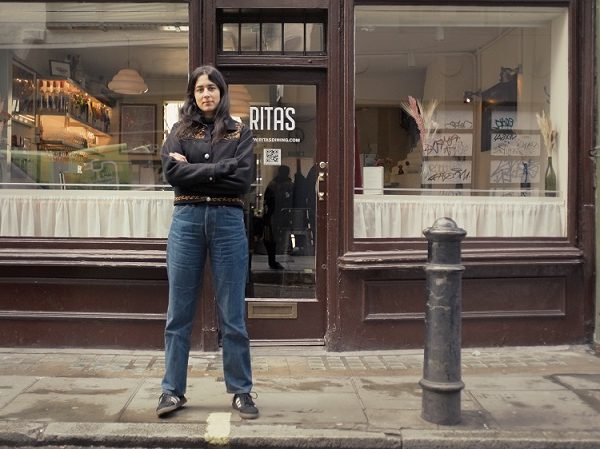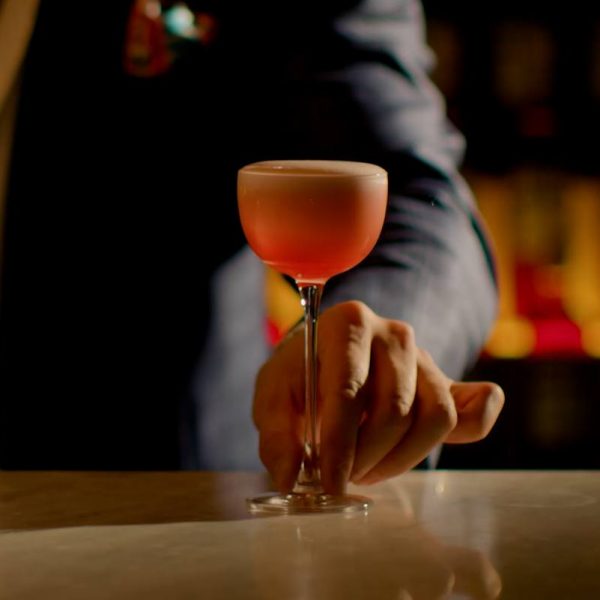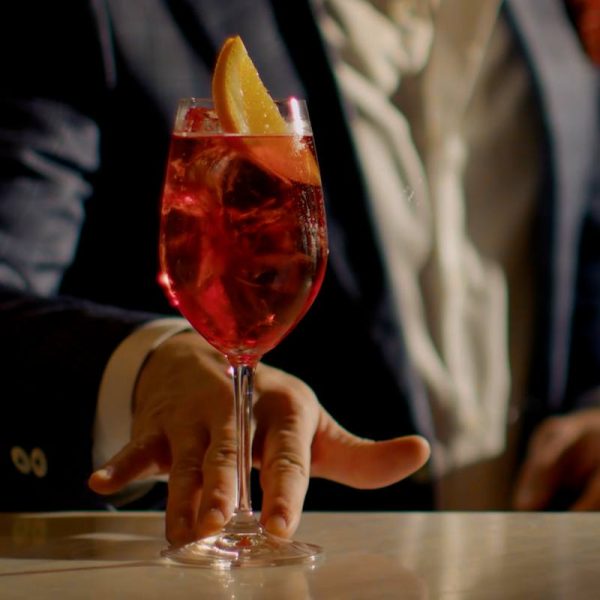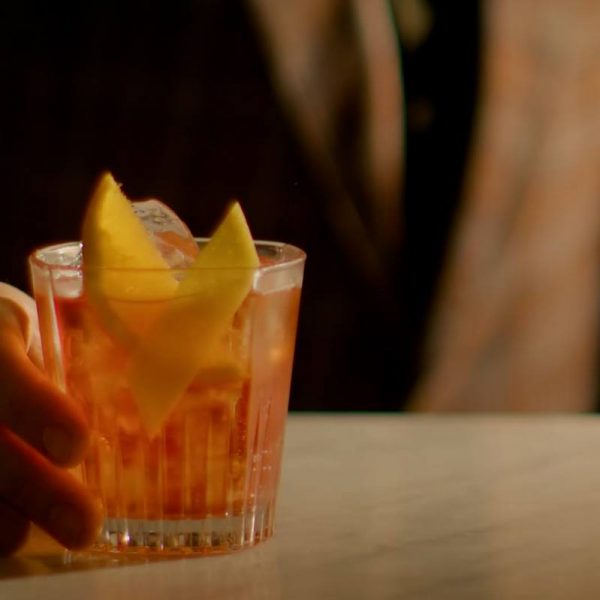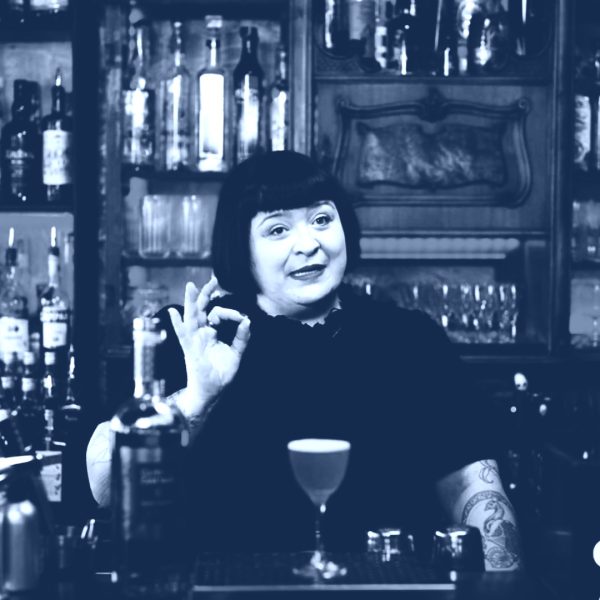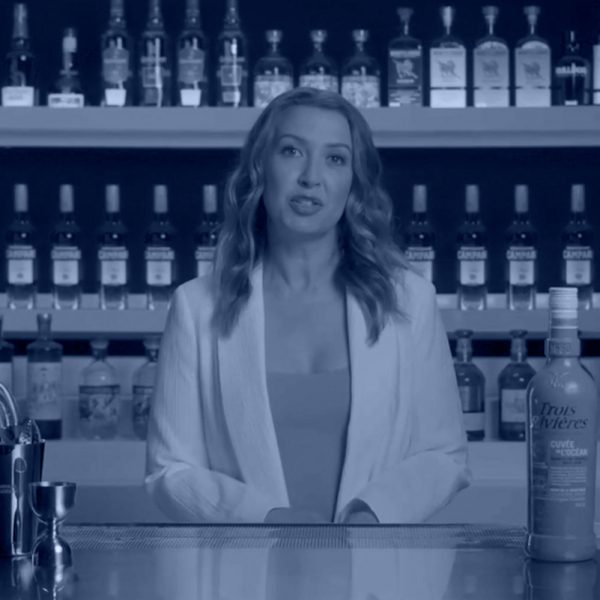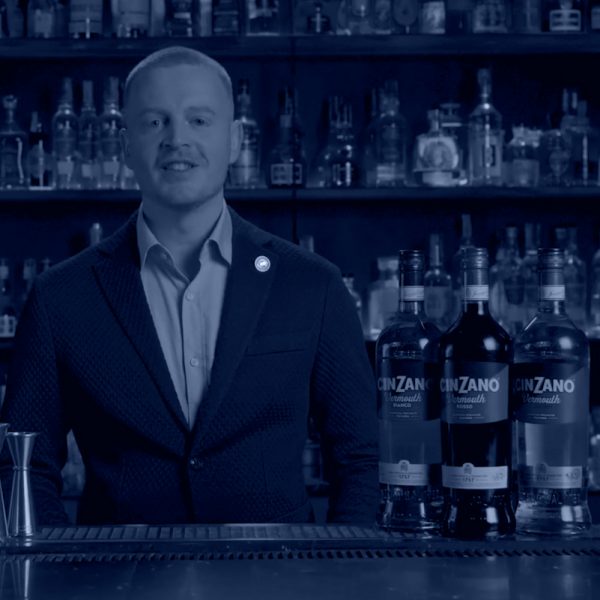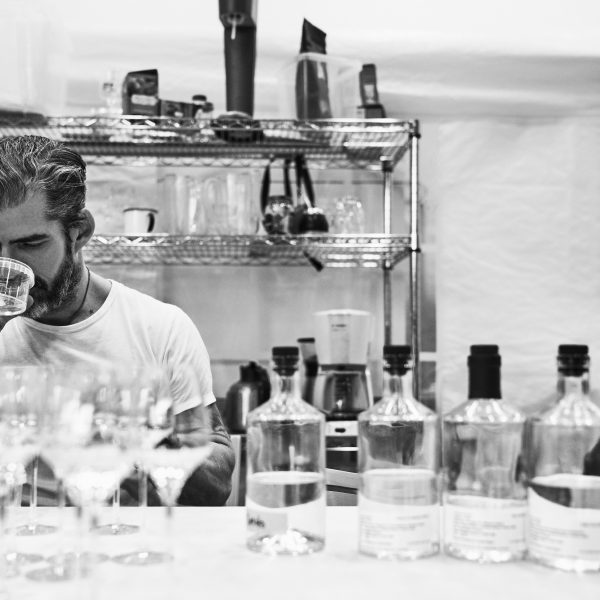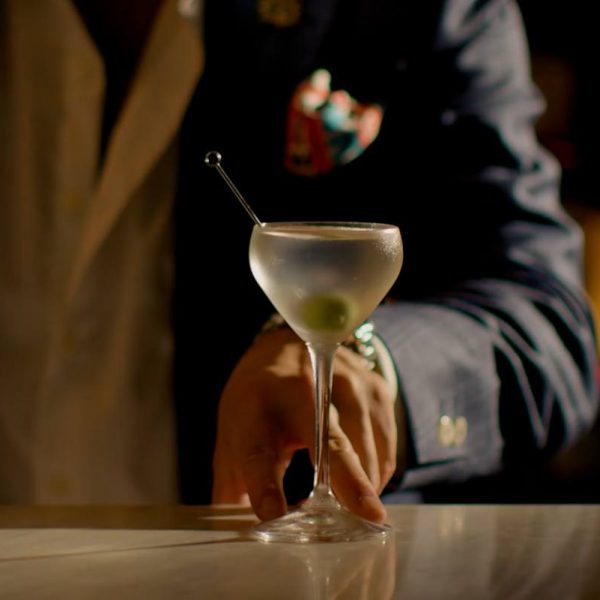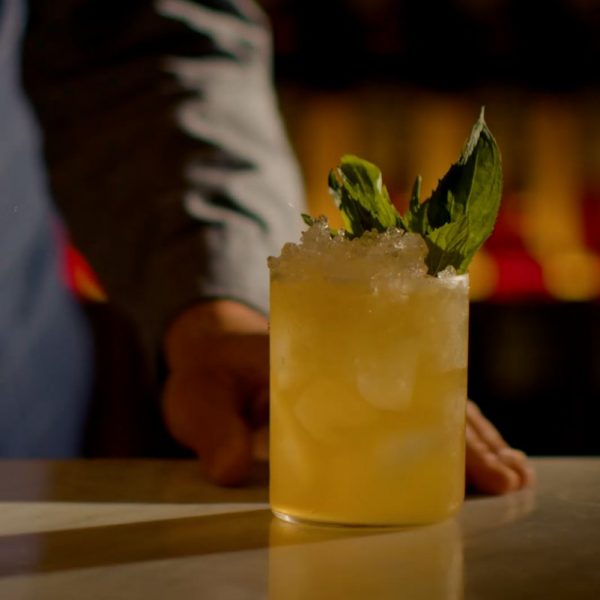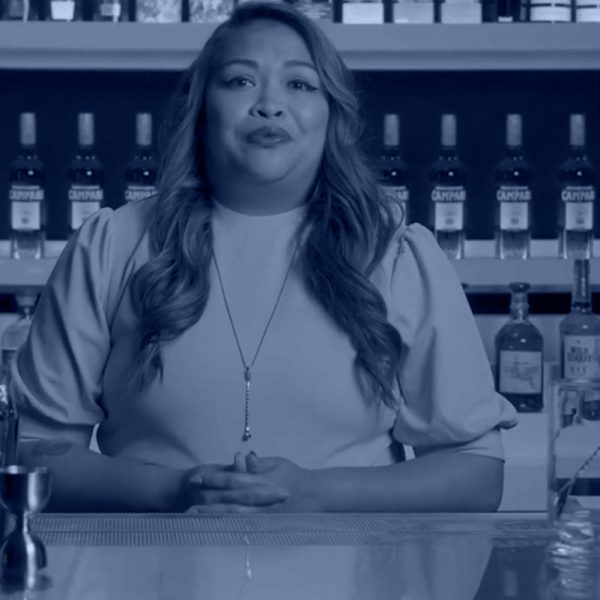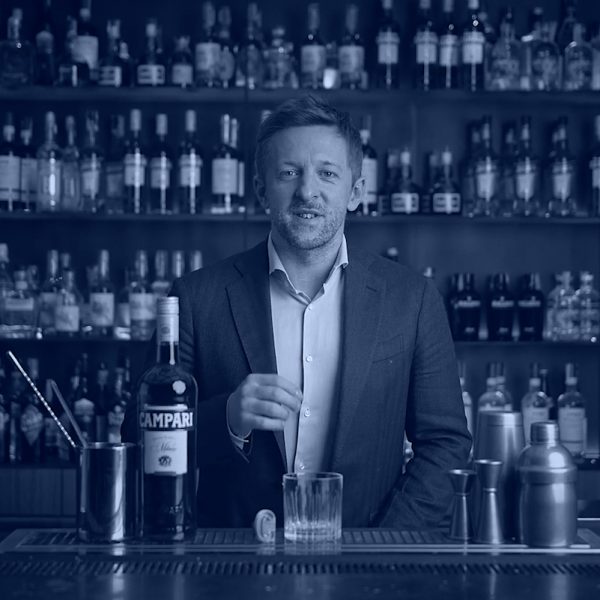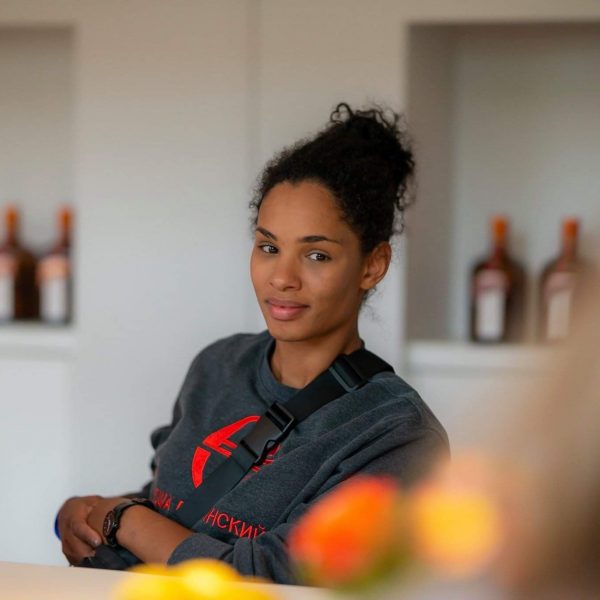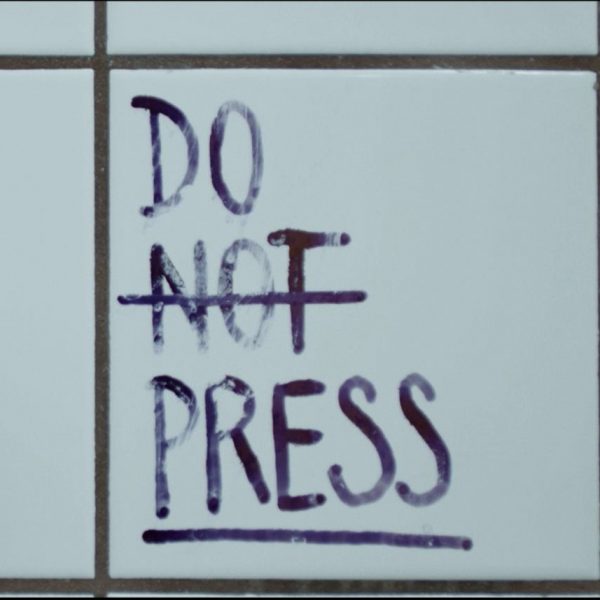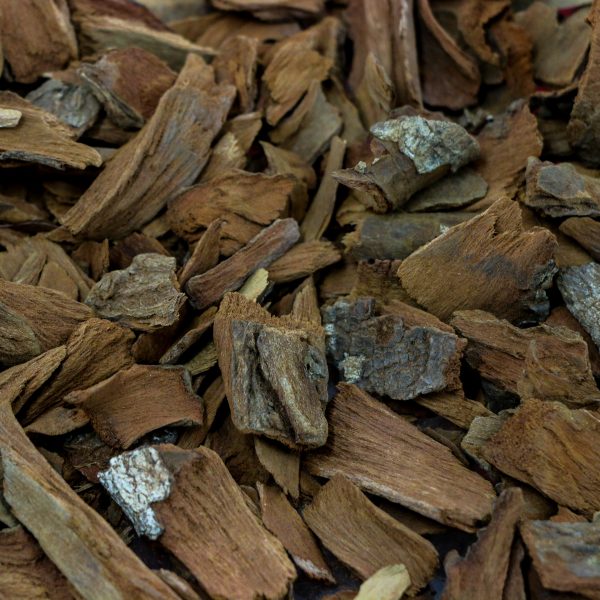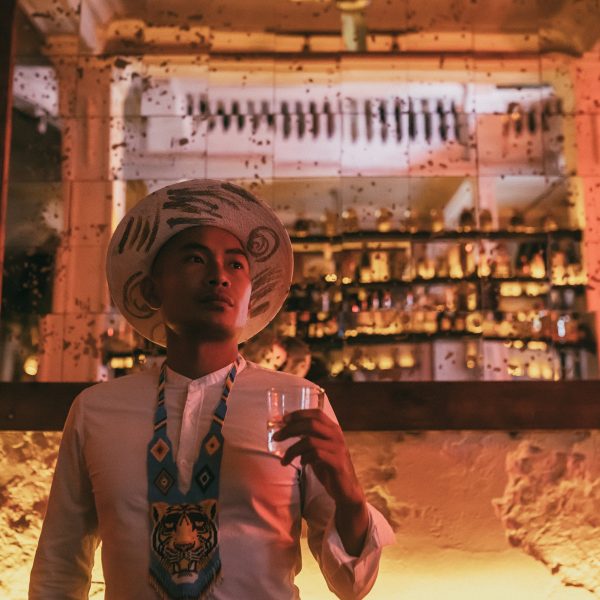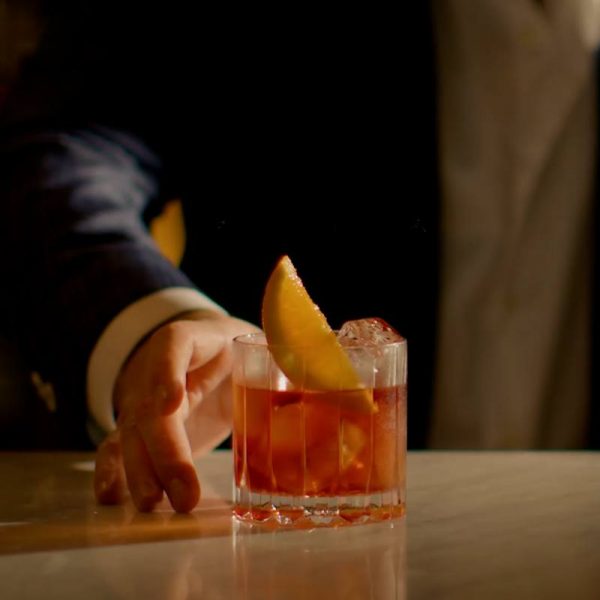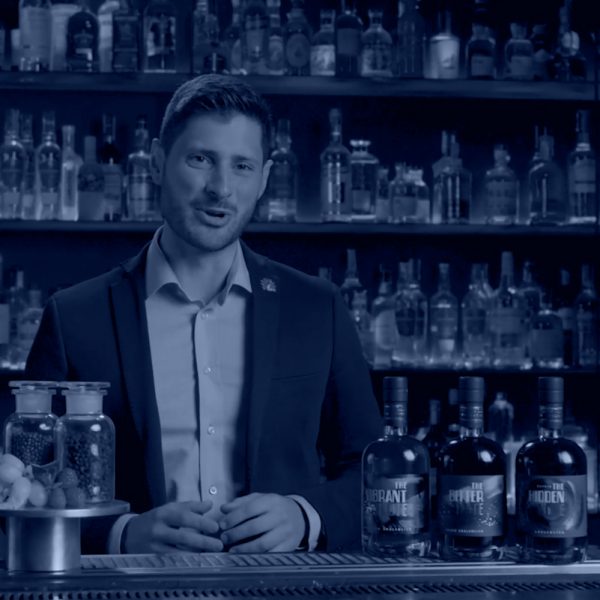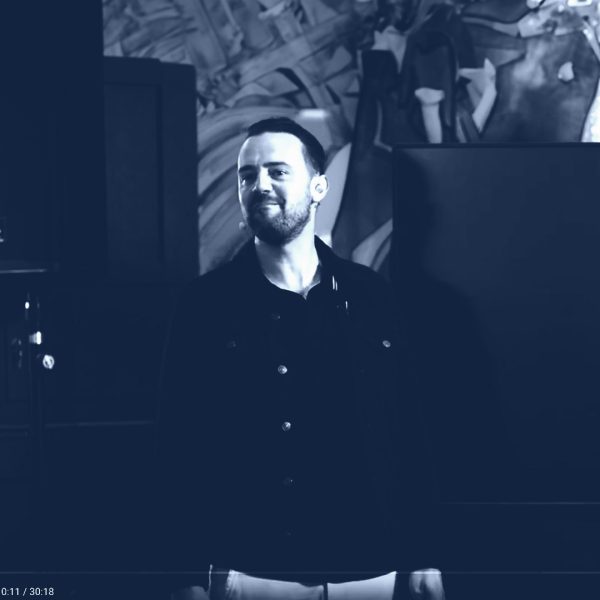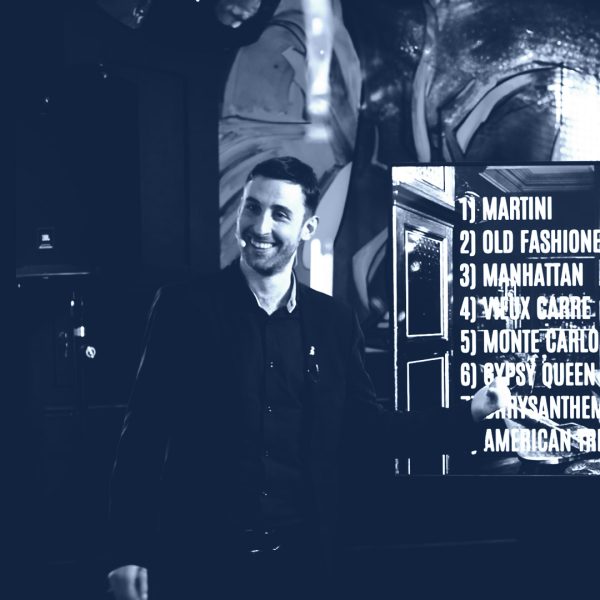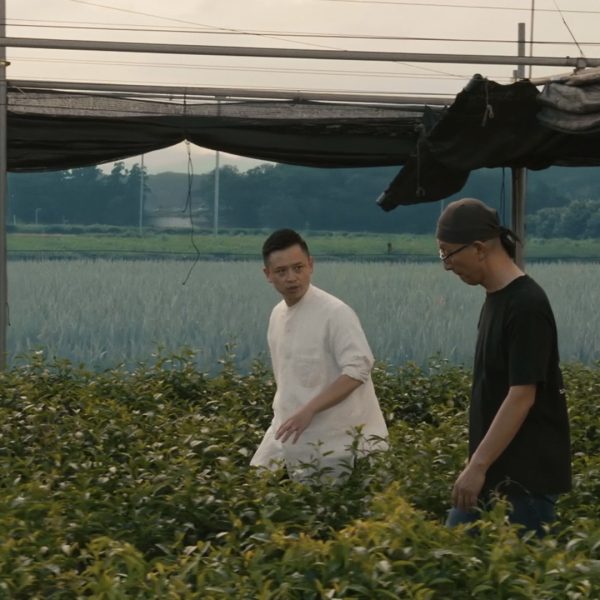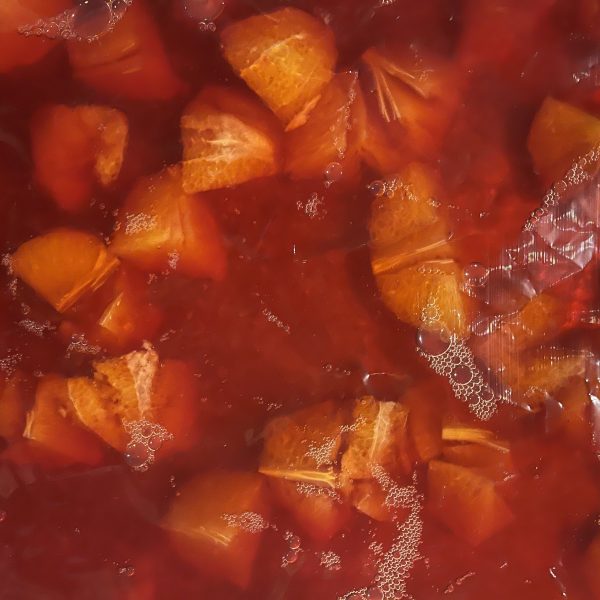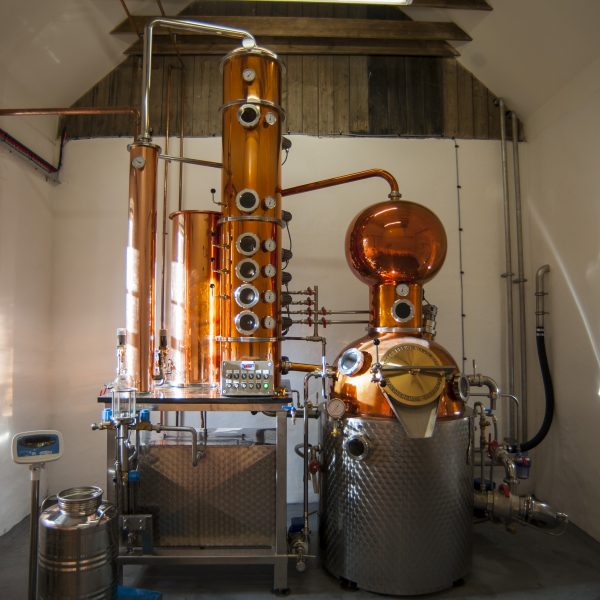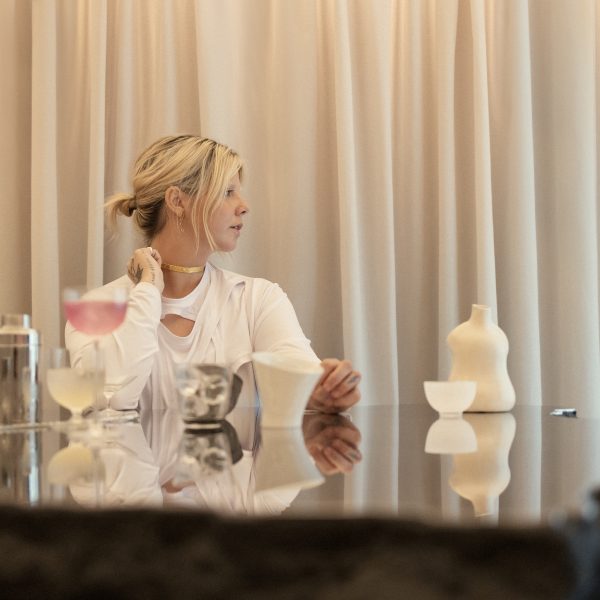The classic cocktail: Friend or foe of flavour’s future?
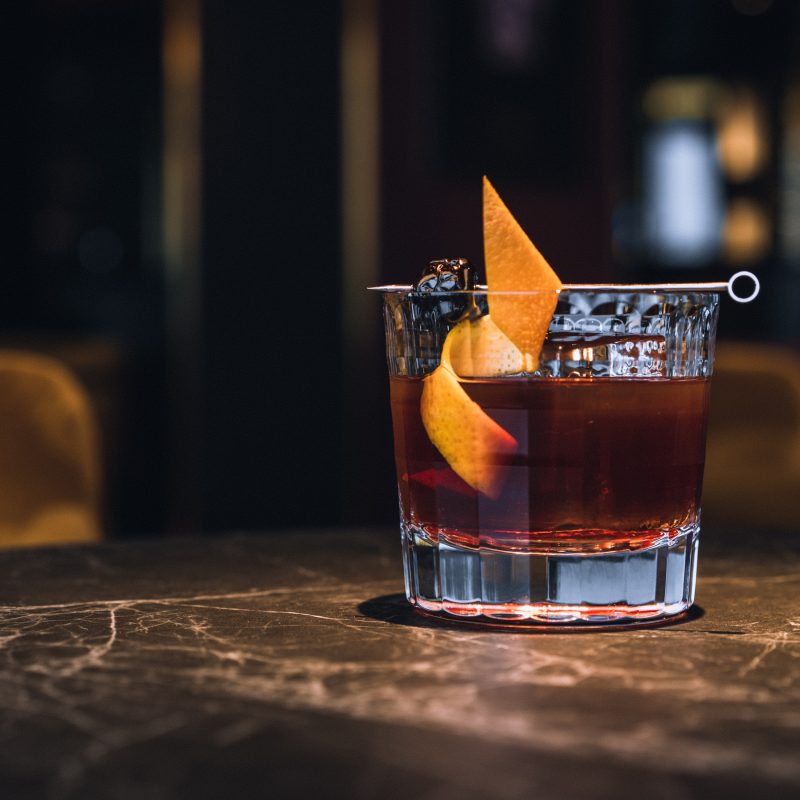
Understanding the foundations of classic cocktails is resourceful tool in the bartender’s belt. But how can it be used in contemporary cocktails to hone flavour creation rather than hinder it, asks Tyler Zielinski
When the contemporary cocktail renaissance took hold in the 1990s and early noughties, Dave Arnold and other culinary, technology-savvy luminaries hadn’t yet left their imprint on the bar industry. Before the rotary evaporators, centrifuges, ultrasonic homogenisers and the like came into fashion, giving bartenders the tools and techniques to create high-concept serves, cocktails were about history, simplicity and uniformity.
Fresh citrus juices replaced artificial sour mixes from the cocktail’s dark ages; syrups were simple, yet sufficient; and most of the cocktails on menus were either modern iterations of classic cocktails, subtle twists on classics, or classic recipes themselves. It was a period of cocktail culture when bartenders were focused on legitimising the industry and craft cocktails by reclaiming drink recipes from the ‘Golden Age’ of pre-Prohibition era imbibing. Cocktail ingredients were primarily found on the back bar instead of in the kitchen.
Fast forward 20 years and, while cocktails have definitely evolved and become increasingly gastronomic, the mindsets of some old school classic cocktail bartenders have not — many of whom disavow any drink that strays too far from a classic template or formula and can’t be easily replicated elsewhere. Which begs the questions: Does this fetishisation of cocktail culture’s past and desire to trace drinks back to classic structures limit creativity and the growth of the industry as a whole? And is it more important for modern bartenders to focus on building flavour profiles as opposed to adhering to these foundational formulas, or is one essential to the other?
These are notions considered by most veteran bartenders navigating the current cocktail landscape as they implement training programs at their bars, so we’ve asked the perspectives of some seasoned drink slingers to get their takes on the topic.
Learn them, break them
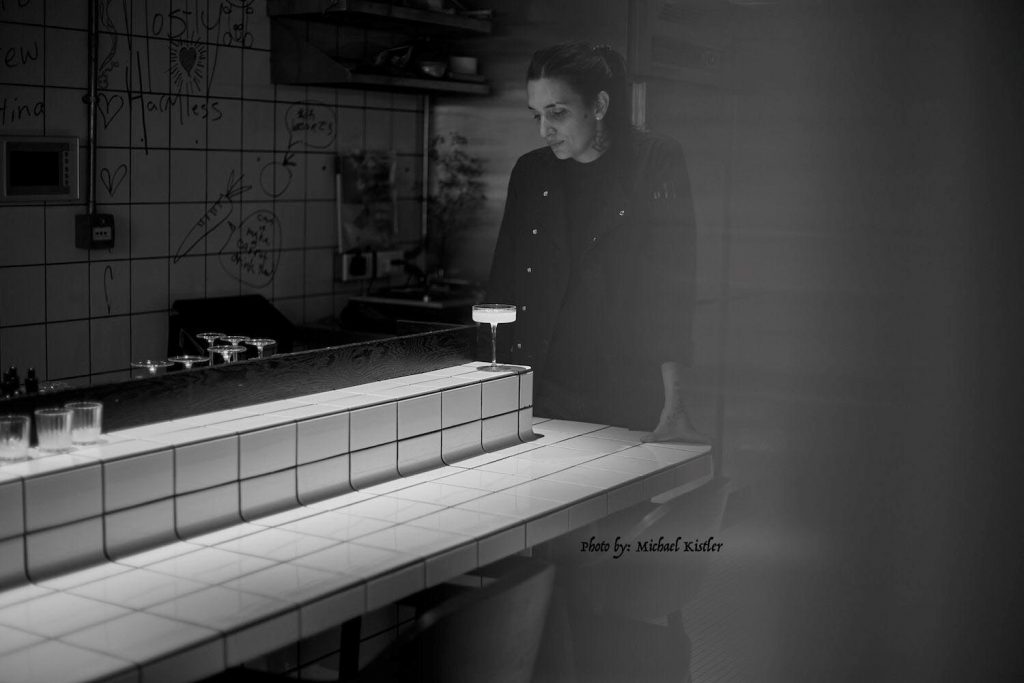
To break the rules, you need to know the rules,” Ezra Star, bartender and owner of Mostly Harmless in Hong Kong, says as it relates to the importance of understanding classic cocktails for developing boundary-pushing, flavour-led serves. “I think too many bartenders believe they can just play around and make stuff—and ultimately they are correct to a certain degree—however this is a very limited approach in the long run [as consistency is jeopardised and an understanding of why the drink works tends to be missing].”
One of the core facets of any great cocktail bar is its ability to create balanced cocktails and execute them quickly and consistently. And Star’s belief is that classic cocktails give bartenders the knowledge and ability to do precisely that. Understanding classic drink structures allows bartenders to have a better grasp on how to balance acidity and sweetness, bitterness and umami, and so on. To understand classics is, in essence, to foundationally understand flavour and balance. And, unsurprisingly, the other bartenders we spoke with unanimously agreed with Star’s perspective on this matter.
Leo Robitschek, vice president of food and beverage at NoMad London, also firmly believes in the importance of mastering classics and understanding the basic building blocks of cocktail families, but insists they’re simply frameworks for creating original recipes as opposed to unbreakable structures. “If you do not grasp what each ingredient brings to a drink, then you can never consistently create delicious and balanced cocktails,” he says. “In order to ensure balance and consistency, you should never let a standard get in the way of building the best cocktail possible — always make changes depending on sugar, acid, bitterness, aroma, and texture when necessary.” Classic cocktails, in this case, become fluid templates meant to be customised and adapted.
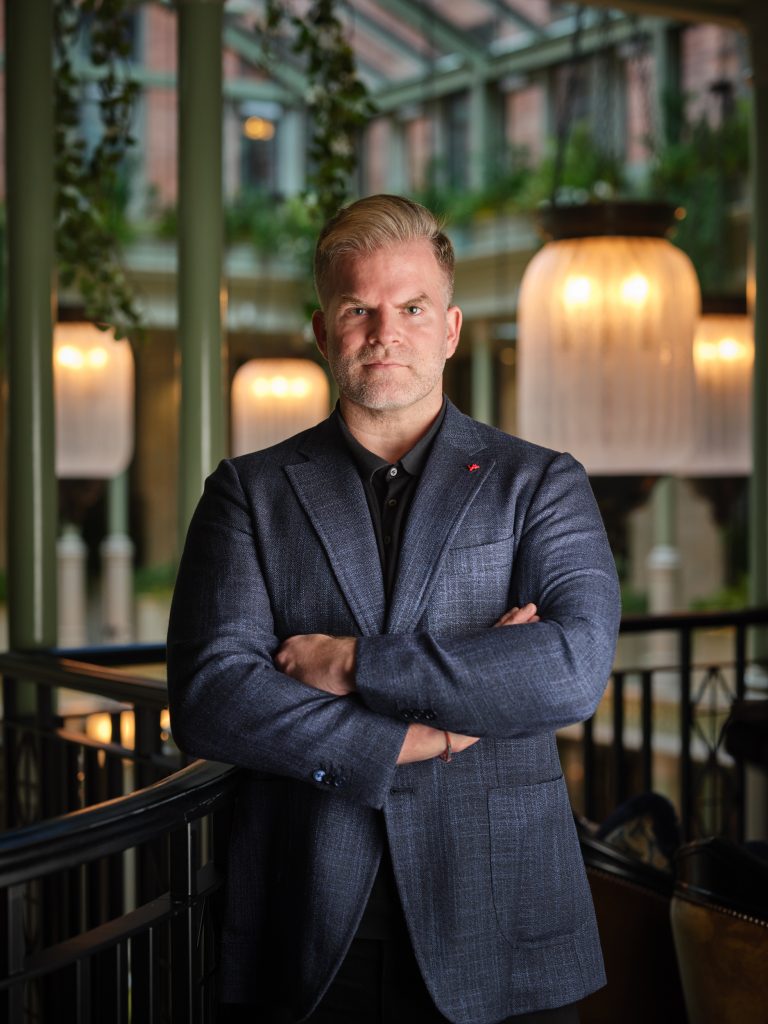
Shaping creativity
While these experienced bartenders value the importance of understanding classic cocktail recipes, they each make it clear that these standardised formulas shouldn’t stifle creativity, but rather give bartenders the tools to push their drink concepts even further. This perspective is shared among the majority of bartenders who’ve evolved with cocktail culture and embraced the intersection of gastronomy and cocktails, as opposed to others who’ve remained fixated on cocktails having to tie back to specific drink styles (e.g. daisy, fix, cobbler, sour).
This antiquated mindset tends to be more prevalent in places with a strong history of classic cocktail culture where schools of thought and bartender training programmes leave little room for innovation, as opposed to places like Singapore, for example, where experimentation and creative expression are thriving and at the forefront of drink development. It’s in places like the former where bar culture tends to become homogeneous, and the drinks and bartenders lack the culinary techniques necessary to develop flavour-led ingredients and drink concepts grounded in classic structures.
“The reality is that for a long time most bartenders have been relying on the same source material for inspiration, which inevitably has led to a cocktail monoculture with some inevitable repetition,” says Chris Tanner, general manager at Silverleaf Bar in London. And this ‘monoculture’ becomes cyclical due to the mentorship which passes down similar bartending philosophies and techniques from generation to generation.
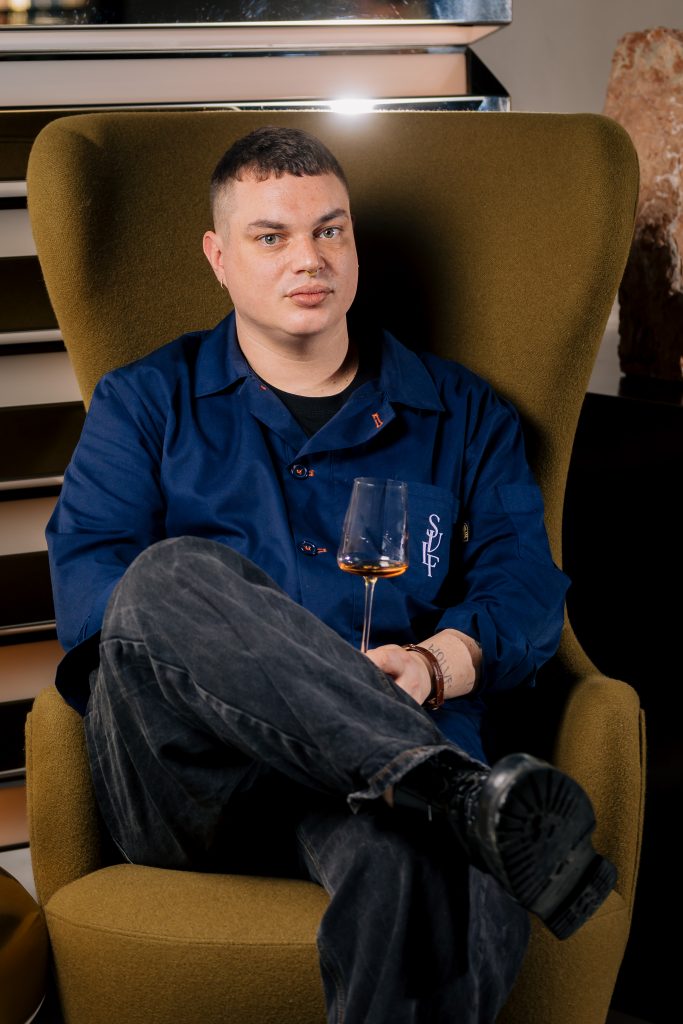
“I never had a mentor in the cocktail world,” explains Robitschek, “so when I started developing my beverage programs at Eleven Madison Park in 2005, I got a hold of the few classic cocktail books that were available and made all of the classic cocktails that I found relevant or interesting. Sadly, they were not as delicious as I was expecting, probably due to changes in palates and products… so I played with various versions of recipes until I found one that I was happy with.”
Building foundations
Robitschek’s path is a unique one for New York bartenders. It’s a city where the emphasis on classic cocktails is so heavy, but Robitschek’s self-paved path shaped his approach to flavour development and how he mentors talent. “Every year, we still revisit any classic or past NoMad recipe that our staff questions,” Robitschek says. “We blind taste their suggested changes against our house recipe and make adjustments accordingly if necessary. Most of the time the recipes stay the same, but other times we make the change, or work on a better recipe together.”
Once bartenders have a thorough understanding of how certain flavours balance or enhance others, any high-concept, flavour-driven cocktail becomes inherently grounded in classic foundations. “At Silverleaf [where cocktails push the limits of technique and flavour], the drinks development may seem flavour-led, but we wouldn’t have achieved that style without understanding how to balance menus with various styles of drinks and flavours,” says Tanner. “Developing iconoclastic recipes that are flavour-led will ultimately become easier if you have the knowledge of the drinks that came before. Sometimes you can be led by a flavour, but I think that finding an existing classic to relate it to allows you to develop it further.”
Such is the case with Silverleaf’s award-nominated Pineapple | Miso cocktail, which blends 13-year-old whisky, brown butter, bourbon, pineapple and miso caramel. The serve is rooted in an Old Fashioned—and looks like one too—yet the cocktail defies classic structure with the addition of the subtly acidic and umami-rich pineapple and miso caramel which lifts the drink, and the entire cocktail is clarified to give the drink a leaner texture.
Tanner took the classic Old Fashioned template—one he’s well-familiar with from his days at London’s Milk & Honey —and elevated it for the contemporary imbiber. If Tanner and his team didn’t have a foundational understanding of classic drink structure, then this cocktail might have come off unbalanced and lacked structure — which admittedly happens at progressive bars where classic foundations are missing. But his method marries creativity in flavour and technique with his knowledge of classics to yield an exceptional serve that is in an entire class of its own.
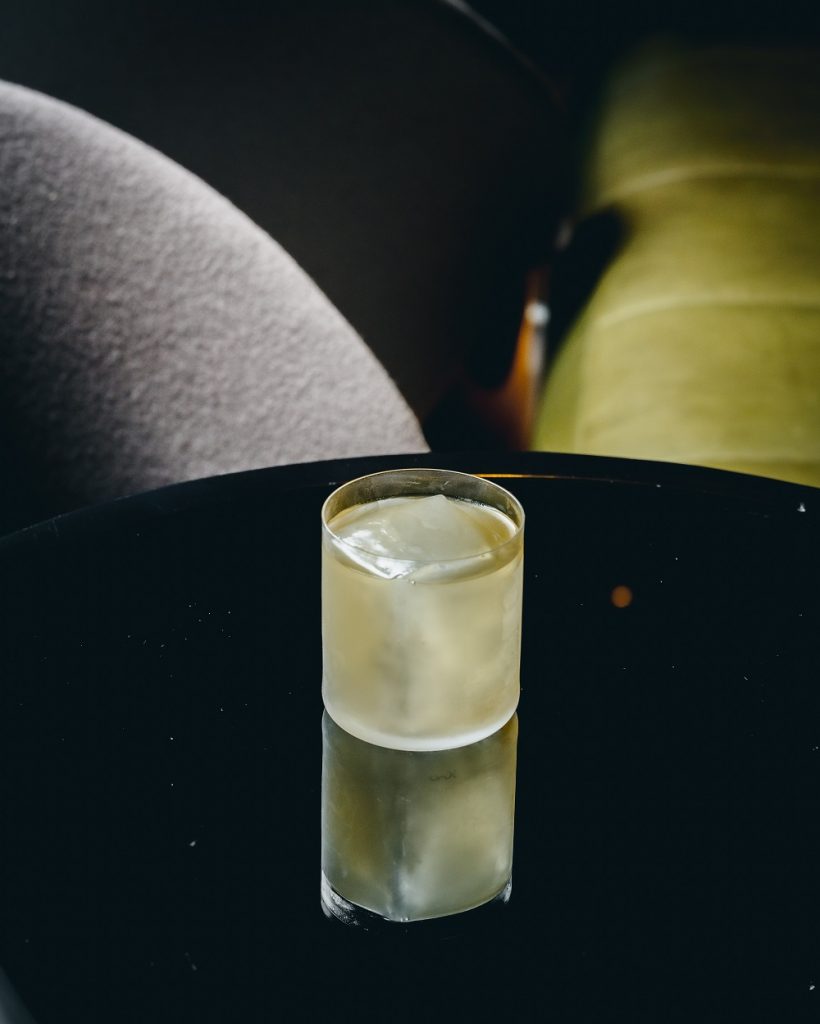
Knowledge gap
Tanner also makes an interesting point about the value of having an intrinsic understanding of the commercial products available to bartenders, which is something that’s easily learned when working primarily off the back bar as opposed to creating original ingredients in the kitchen or lab.
Going back to Star’s point about modern bartenders ‘playing around and making stuff’. Without familiarising one’s self with the vast range of ingredients at one’s disposal—from eaux de vie, to bitter liqueurs and beyond—bartenders run the risk of trying to create an ingredient with a similar flavour profile to a commercial product which already exists (and is very likely better than the one you’re creating in your lab or kitchen). For bartenders who forego learning about classic cocktail recipes, this is a phenomenon that occurs far too often.
It’s crucial to be grounded in the classics, the ingredients found in classic cocktails, and the core tenets of efficient bartending. It’s with this strong foundation that experimental cocktails and innovative culinary-driven ingredients thrive — always remember to learn to walk before you run.
Tyler Zielinski

